Konstantin Tsiolkovsky was a Russian scientist who is remembered for being one of the fathers of rocketry and astronautic theory; he was born on September 17, 1857.
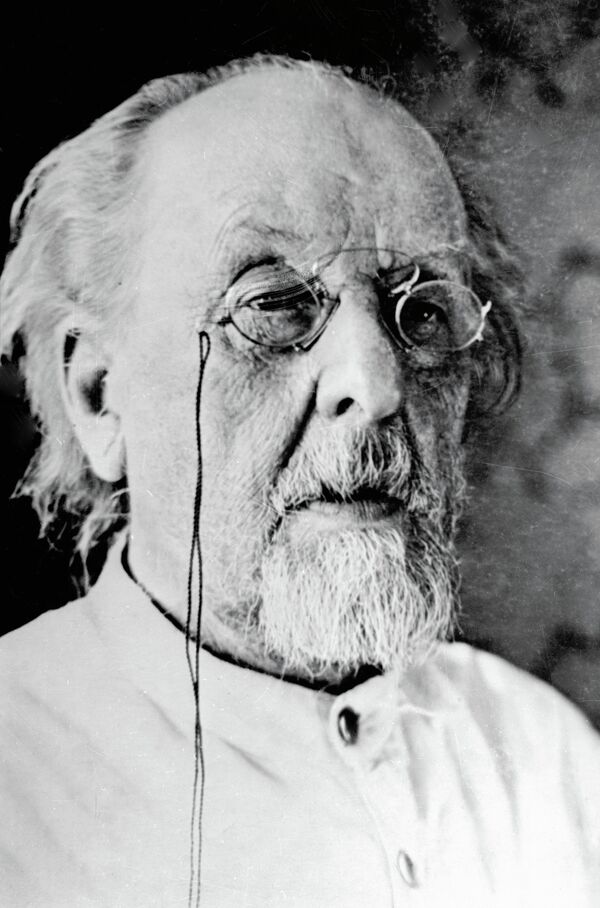
Konstantin Eduardovich Tsiolkovsky was a Russian scientist who is remembered for being one of the fathers of rocketry and astronautic theory; today, September 17, is his 157th birthday.
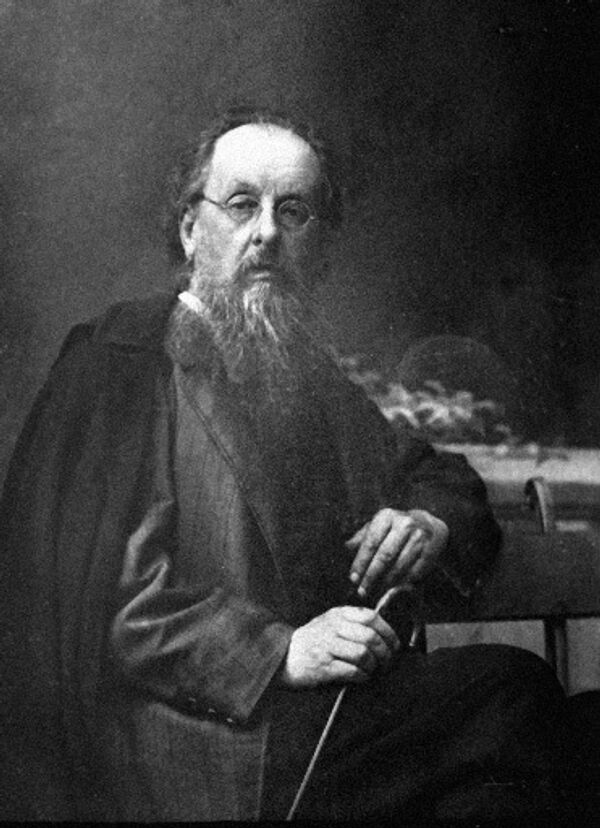
2/11
© RIA Novosti
Although Tsioklovsky is now considered to be one of the founding fathers of rocket engineering, he was far ahead of his time: Like Michael Faraday and other great inventors of the 19th century, he lacked a formal education, which nearly condemned him to obscurity in the aristocratic world of the Russian Empire. However, after his death, his works contributed greatly to the success of the Soviet space program.

During his lifetime, Tsiolkovsky published more than 400 works on rocket engineering. His influence on the first generation of Russian space engineers is unquestionable. For example, he calculated the minimum horizontal speed required to launch an object into orbit. He studied the mechanics of powered flying machines and he was the first to propose the idea of an all-metal dirigible. Tsiolkovsky constructed his first aerodynamic laboratory in his apartment, mostly using his own money.
Above: Konstantin Tsiolkovsky with models of his metallic dirigible.
Above: Konstantin Tsiolkovsky with models of his metallic dirigible.
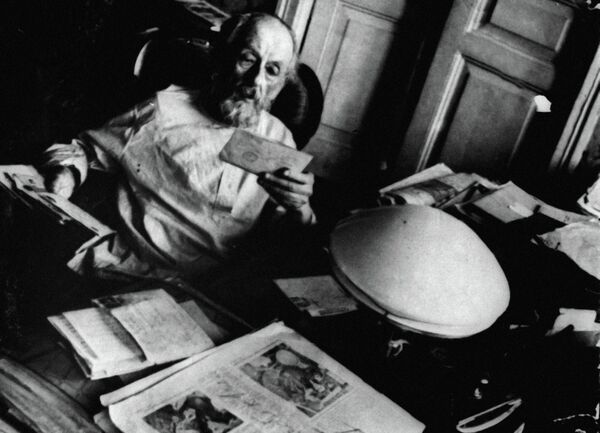
Tsiolkovsky also developed his own jet propulsion theory. He derived his own “formula of aviation”. During the last years of his life, he solved the practical problem of the role played by rocket fuel in reaching an escape velocity and leaving the Earth. His works laid the foundation for rocketry and astronautics. In addition to his main work, he also wrote science fiction, along with books on philosophy and even music.
Above: Konstantin Tsiolkovsky reading letters at home in Kaluga on August 1, 1935.
Above: Konstantin Tsiolkovsky reading letters at home in Kaluga on August 1, 1935.

The future scientist was the fifth of 18 children in the family. His father was from a noble but poor Polish family. His parents moved from Poland to Izhevskoe in Ryazan Province, south of Moscow, before he was born.
Above: Konstantin Tsioklovsky as a child.
Above: Konstantin Tsioklovsky as a child.
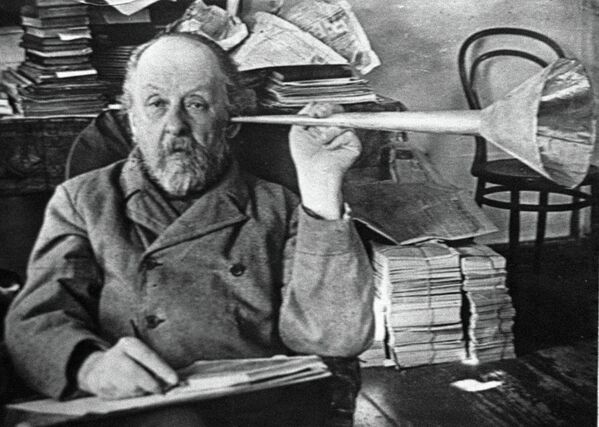
After surviving Scarlet Fever at the age of ten, he became hard of hearing for the rest of his life. Because of his health problems, he withdrew into himself; for him, reading and making models replaced contact with real friends.
Above: Konstantin Tsiolkovsky with a self-constructed hearing aid.
Above: Konstantin Tsiolkovsky with a self-constructed hearing aid.
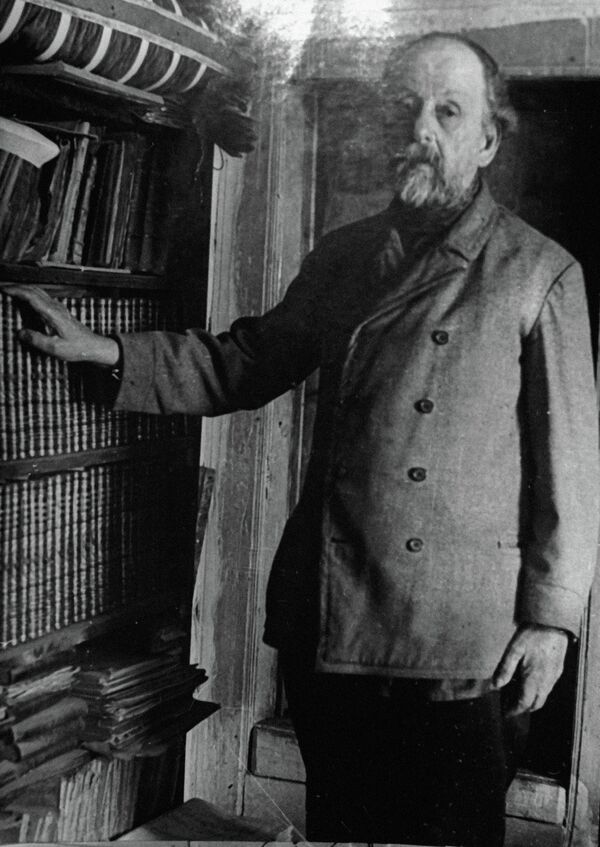
Konstantin Tsiolkovsky was not admitted to elementary school because of his hearing problems, but learned much on his own. His father believed in his talents and gave him some money to spend three years in Moscow. In Moscow, Tsiolkovsky attended a free public library, where he studied math, astronomy, chemistry and Russian literature. He'd spend his days studying free of charge in the library, and spent what little money he had on his models. He ate only bread for breakfast, lunch and dinner.
Above: Konstantin Tsiolkovsky near a bookcase on January 1, 1934.
Above: Konstantin Tsiolkovsky near a bookcase on January 1, 1934.

After his years studying in near-destitution, he moved to Vyatka (modern-day Kirov), where his father lived. His mother had died when he was 13. Although he opted to not live in big cities anymore, small-town life hampered the progress of his research because he couldn’t get the books he needed. For example, he developed his fundamentals of kinetic theory by himself, but when he sent his work to Moscow, he received a reply that his discoveries had already been made 25 years earlier. After his father’s death, he got married. He had seven children, but only two of them survived him. Above: Russian scientist Konstantin Tsiolkovsky with his family.
Above: Russian scientist Konstantin Tsiolkovsky with his family on September 12, 1933.
Above: Russian scientist Konstantin Tsiolkovsky with his family on September 12, 1933.
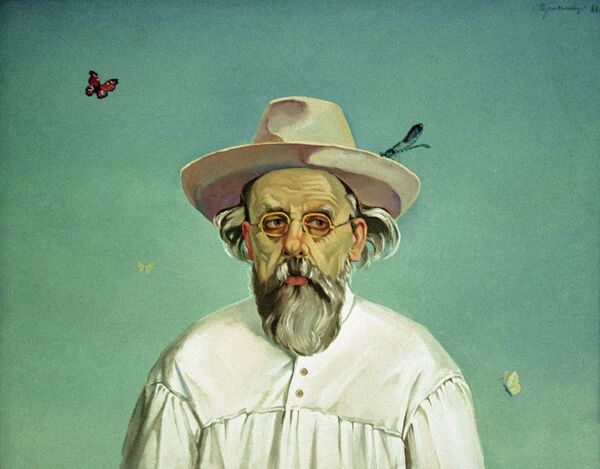
Tsiolkovsky passed the teacher’s exam and worked as a teacher in Borovsk, then in Kaluga. The ordinary people from these small cities were unable to understand his talent and saw him as an odd tinkerer. For example, people said that his "sleigh with a sail" (his airship) scared horses. He repeatedly had problems with school administrations in the Russian Empire.
Above: Picture of Tsiolkovsky by Mikhail Pereyaslavtsev.
Above: Picture of Tsiolkovsky by Mikhail Pereyaslavtsev.
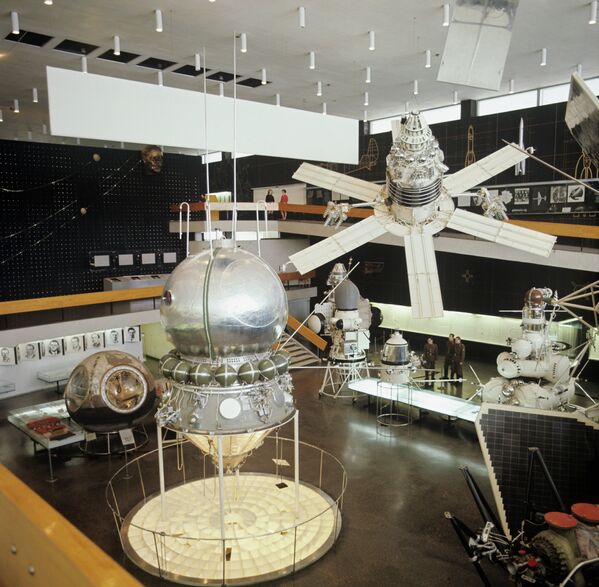
Everything changed for Tsiolkovsky after the revolution, when his talent was discovered. After being jailed for a short period of time in Lubyanka prison, he continued his work. His talent was recognized by Soviet officials and later on, he regularly corresponded with Stalin. The Moscow Museum of Cosmonautics was named in his honor.
Above: Exhibition in the Moscow Museum of Cosmonauticus.
Above: Exhibition in the Moscow Museum of Cosmonauticus.
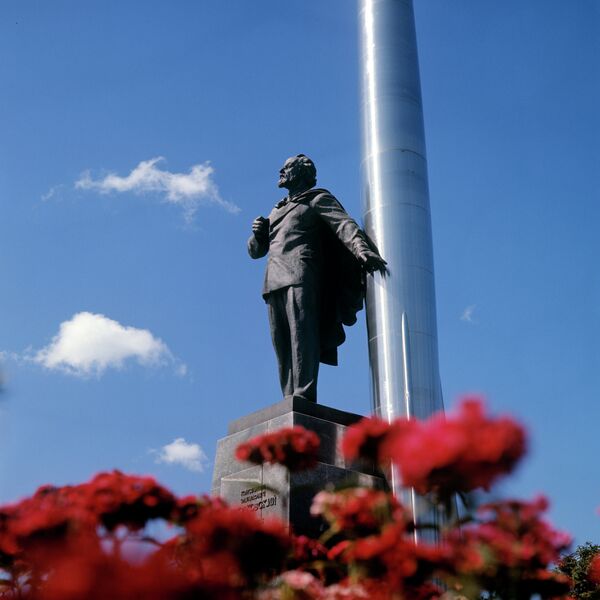
Konstantin Tsiolkovsky died in Kaluga on September 19, 1935 at the age of 78 after undergoing an operation for stomach cancer.
Above: Monument to Konstantin Tsiolkovsky in Kaluga.
Above: Monument to Konstantin Tsiolkovsky in Kaluga.

